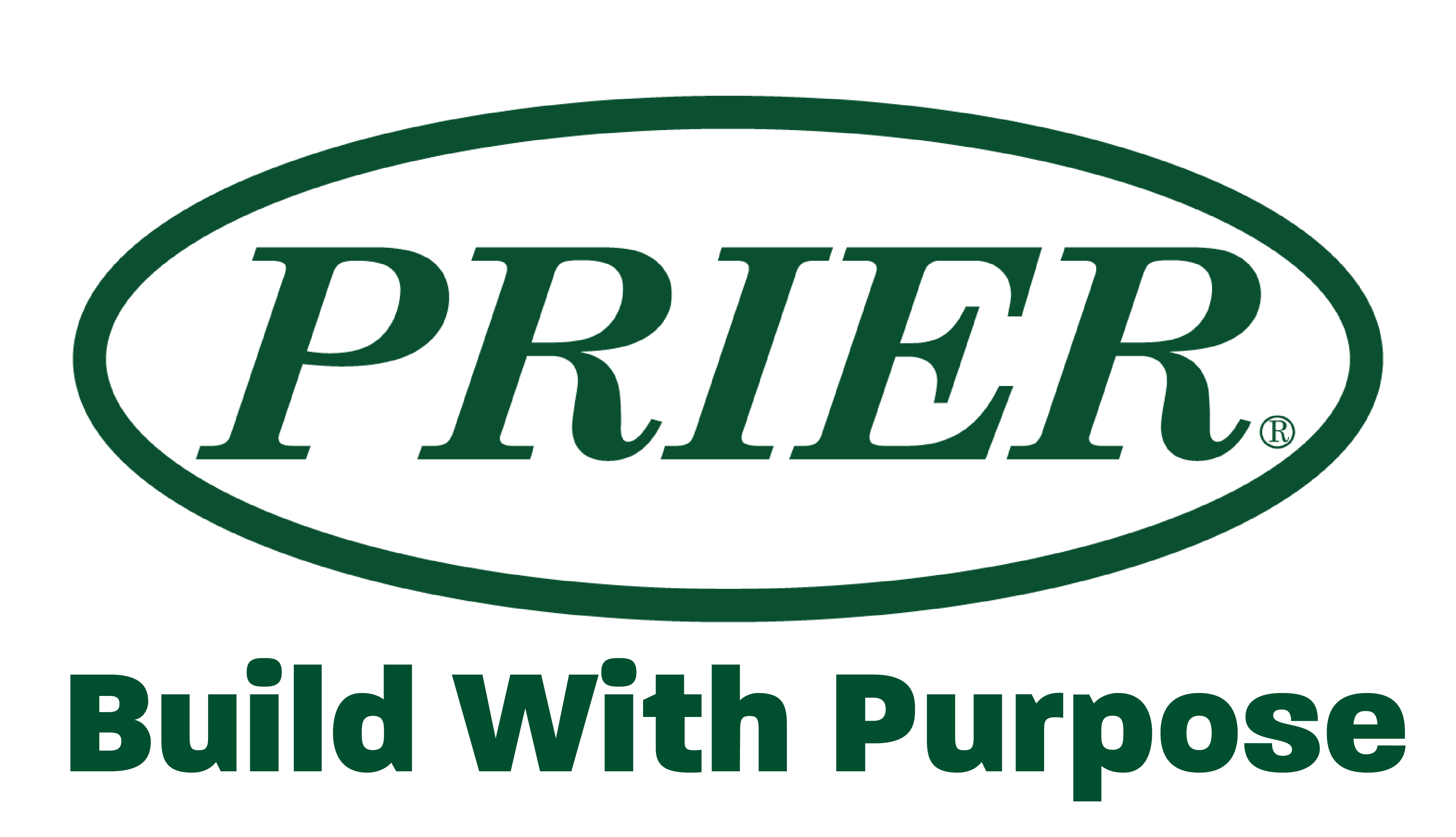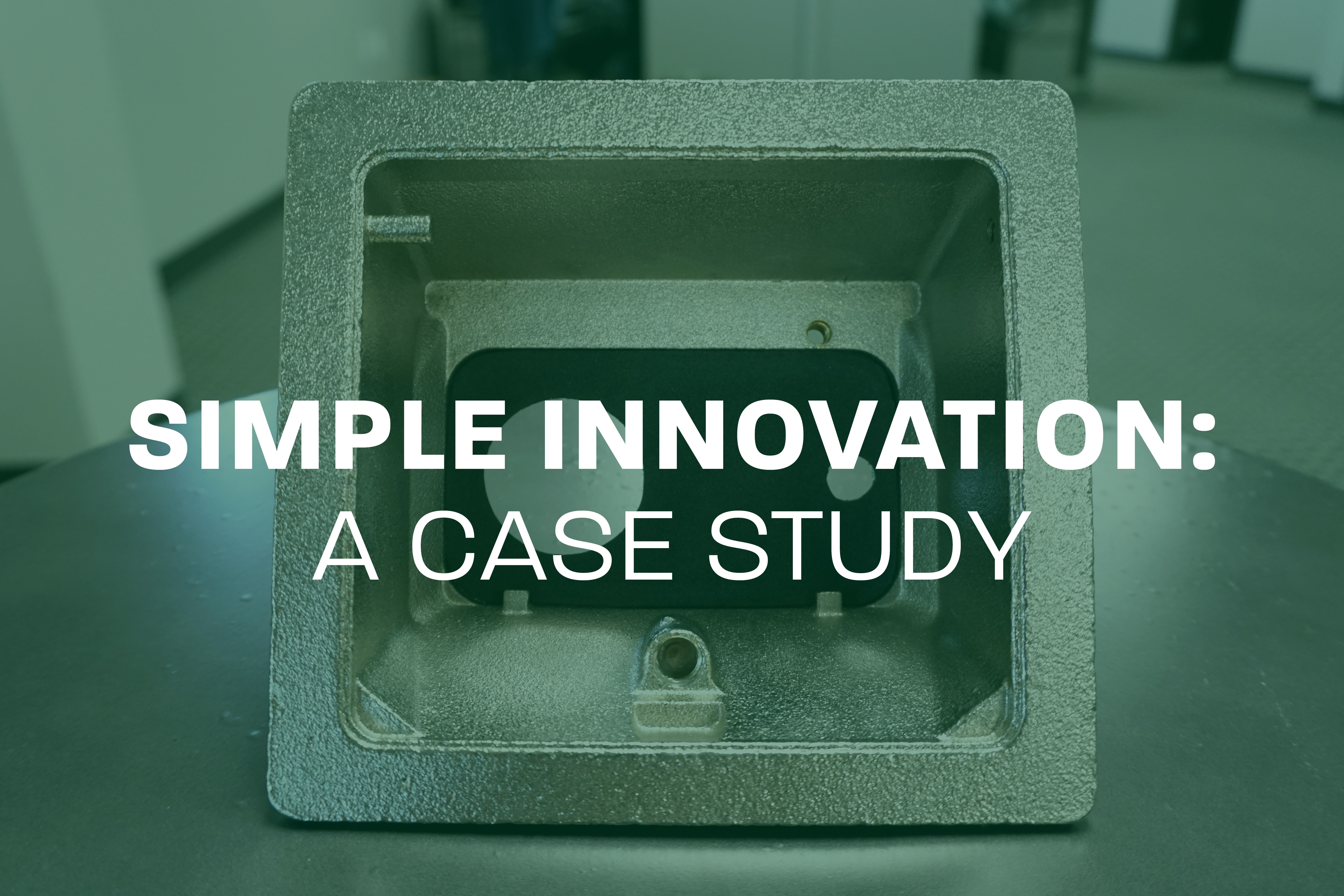•Identify the problem
•Define the problem
•Examine the options
•Act on a plan
•Look at the consequences
The illustration above quickly touches each bullet listed. The problem was identified, “I’m hot.” The problem was defined, the room is hot. What are the options: Turn on a fan or turn down the temperature of the furnace or A/C. Each option has to be examined, turning down the temperature of the furnace or A/C causes the entire house temperature to change and causes the furnace to run increasing utilities. Also, if there are others in the house, they might not be hot and this option would affect the entire house. Turning on a fan solves the problem of the room being hot without making a large impact on the entire house while not making a large impact on utilities. Acting on the plan, the fan was turned on. What are the consequences of this? Am I cool enough? If not adjust the plan. No plan is written in stone.
With very little thought and reason you conclude that turning on a fan will help solve the problem. We make thousands of decisions like this every day that can be chalked up to basic problem solving. However, our ability to solve complex problems is what often leads to success or failure at home or in the workplace. The steps listed above are fundamental in every problem solving situation, but often we find ourselves in complex problems that need outside assistance or “another set of eyes” to effectively and correctly Identify, Define and Examine a problem.
At PRIER we strongly encourage our associates to network with other manufactures and join groups that openly share ideas for improving business practices. Since joining the PRIER team in August 2011 I have regularly attended meetings with the Kansas City Manufacturing Network. Through this network I have met people within the manufacturing world that share some of the same obstacles we see at PRIER. Like us, these manufacturers see the importance of receiving outside insight and opinion to overcome these obstacles and assist in problem solving. By attending plant tours and building relationships with other manufactures, we are able to share stories of success and failure as they relate to our own attempts at problem solving.
This has been a very rewarding experience for PRIER and for me, personally, it has helped me step outside of the four walls at PRIER and find solutions to problems that were hiding in plain sight. For example, one of the first plant tours I attended discussed the importance of a visual workplace. Using visual signage to direct associates from task to task helps streamline workflow, while creating efficiencies and removing guesswork. Shortly after attending this plant tour we completely revamped our labeling strategy for warehouse inventory. This greatly improved the speed at which we could pick customer orders and fill work orders. This allows us to maintain the PRIER commitment of shipping all orders within (8) business hours, something we are currently doing 99.5% of the time.
I encourage anyone reading this blog to take a moment and identify some of the problems you are currently struggling with at work or at home. Use the fundamental problem solving steps: Identify, Define, Examine the problem, Act on a plan and Look at the consequences. If you are still struggling…have you asked for help? Have you sought out an individual or an organization that may have experience dealing with a problem similar to yours? You may be amazed at what you are able to learn by stepping outside of your four walls.
Don’t forget to follow PRIER on: Facebook, Twitter, LinkedIn, Pinterest and YouTube!


